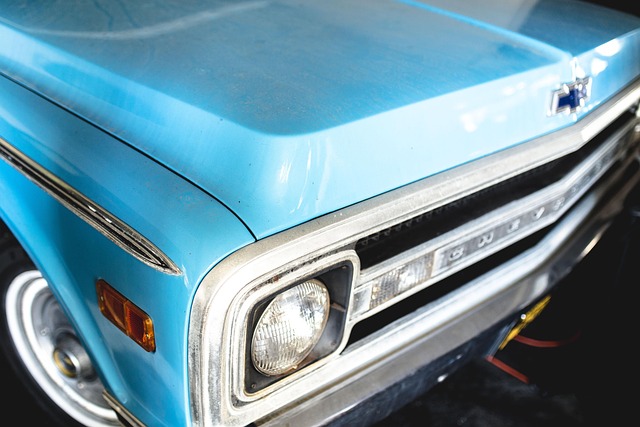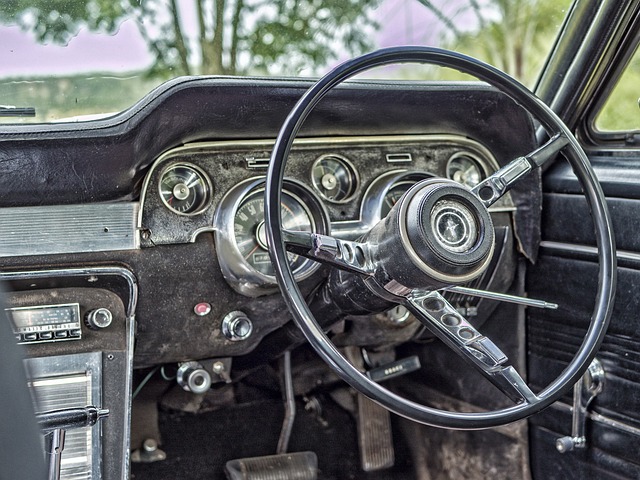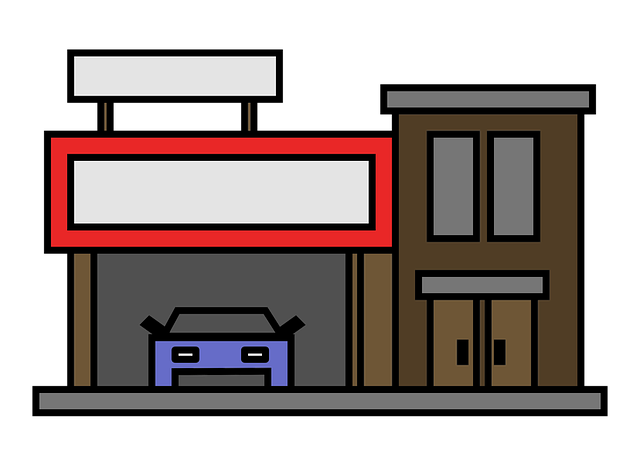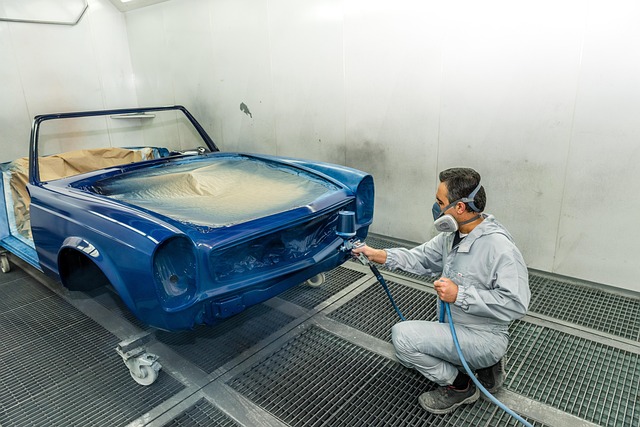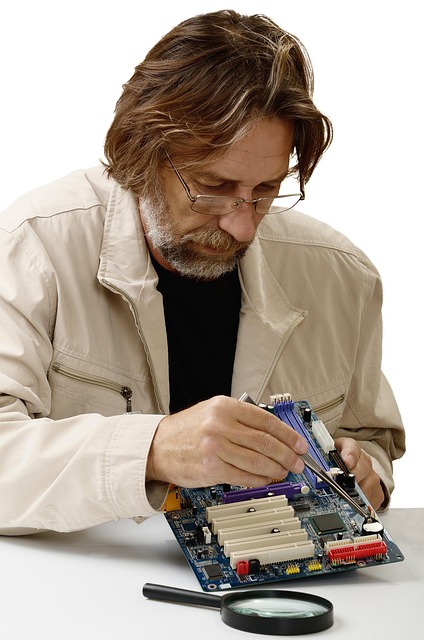Auto body panel replacement is a critical car maintenance practice that combines structural integrity and aesthetics. The decision between patch repairs and full replacement hinges on damage severity, budget, and desired outcome. Full panel replacement offers a seamless restoration, preserves intricate designs, provides better durability, and streamlines the repair process. Patch repairs are ideal for minor issues, saving costs while ensuring skilled technicians use specialized tools for precise fixes, maintaining your vehicle's appearance.
Is your car damaged? Should you go for a full panel replacement or opt for patch repairs? This guide breaks down the pros and cons of each option. We’ll walk you through the fundamentals of auto body panel replacement, explore its advantages and key considerations, and help you understand when patch repairs are the better choice. Make informed decisions to get your vehicle back on the road safely and efficiently.
- Understanding Auto Body Panel Replacement: The Basics
- Advantages and Considerations of Full Panel Replacement
- When and How to Opt for Patch Repairs Instead
Understanding Auto Body Panel Replacement: The Basics
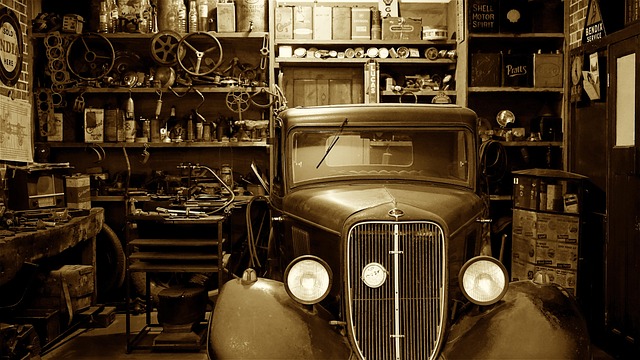
Auto body panel replacement is a critical aspect of car maintenance, addressing structural integrity and aesthetics. When damage occurs to a vehicle’s panels—from dents and dings to more extensive collision damage—repairing or replacing them is essential for safety and resale value. While some minor issues can be patched, full panel replacement offers several key advantages.
Full panel replacement involves completely exchanging damaged sections of a car’s exterior with new, matching parts. This method guarantees precise fitting, ensuring the vehicle’s structural stability and its original, seamless appearance. Unlike patch repairs that may leave visible scars or compromise long-term durability, full panel replacement delivers a factory-fresh look and feel, enhancing both safety and the overall value of the car. Choosing between these options ultimately depends on the extent of damage, budget considerations, and the desired outcome in terms of aesthetics and longevity. Car body shop professionals can guide owners through the process, recommending the best solution based on their specific needs—whether it’s a simple fix or a more comprehensive restoration. Remember that for significant damage, full panel replacement is often the surest path to restoring both safety and style.
Advantages and Considerations of Full Panel Replacement

Full panel replacement offers several advantages when it comes to auto body repairs. One of the key benefits is a complete and seamless restoration of the vehicle’s aesthetic appeal. By replacing an entire panel, rather than patching up damaged areas, the original, unaltered look and feel of the car are preserved. This is particularly important for vehicles with intricate designs or those that have specific styling cues that need to be maintained.
When considering full panel replacement, several factors come into play. First and foremost, it ensures a more durable fix, as new panels are designed to fit perfectly and are often reinforced with advanced materials. This can lead to better long-term performance and resistance against future damages. Moreover, it streamlines the repair process, making it more efficient and potentially saving time and money in the auto collision repair process. Effective auto detailing is also facilitated by a clean slate, allowing for a higher-quality finish and a vehicle that looks as good as new.
When and How to Opt for Patch Repairs Instead
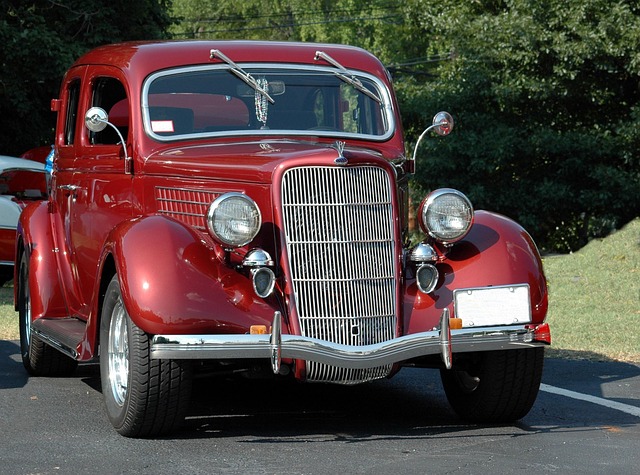
While full panel replacement might be the go-to option for severe damage, there are instances where patch repairs are a more practical and cost-effective solution. Patching is ideal when your vehicle has smaller dents, dings, or scratches that don’t compromise structural integrity. It’s also preferable if you’re dealing with an older vehicle where replacing entire panels might not be as feasible or economical.
When considering patch repairs, it’s essential to consult a reputable auto repair shop or collision center. Skilled technicians will assess the damage, recommend the best course of action, and use specialized tools and techniques for precise repairs, ensuring your vehicle looks like new without the need for extensive auto body panel replacement.
When deciding between full panel replacement and patch repairs, it’s essential to weigh the benefits and drawbacks. Full panel replacement offers a seamless, like-new finish and can increase vehicle resale value, but it’s more costly and may not be necessary for minor dings or dents. Patch repairs are a cost-effective solution for smaller damage, providing quick fixes that maintain structural integrity. Ultimately, the choice depends on the extent of the damage, your budget, and desired aesthetics, with both options valid in certain scenarios. Considering auto body panel replacement strategies allows car owners to make informed decisions tailored to their unique needs.

